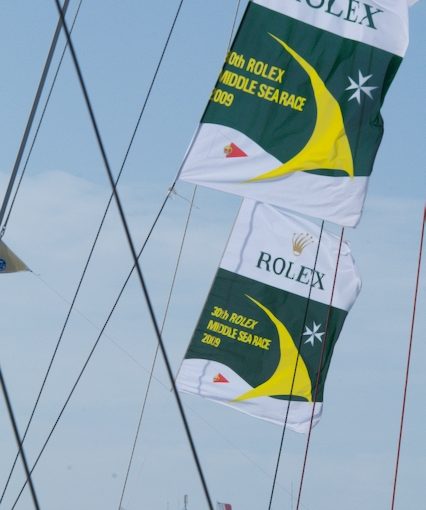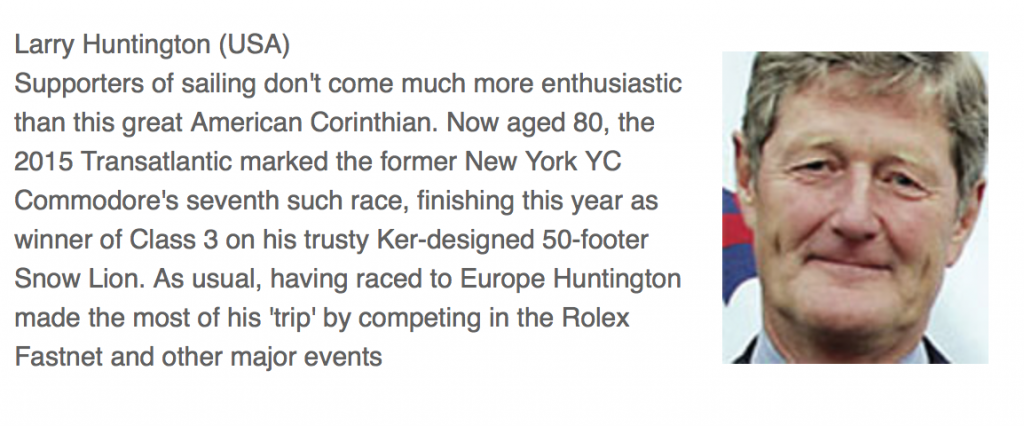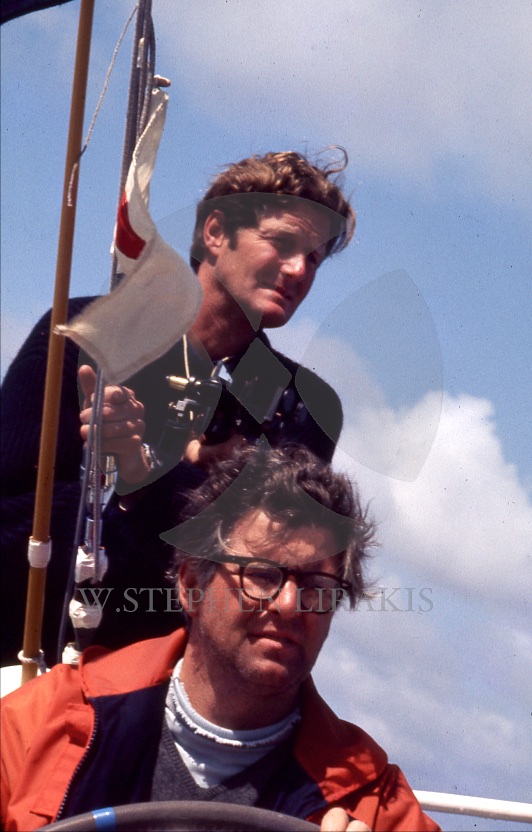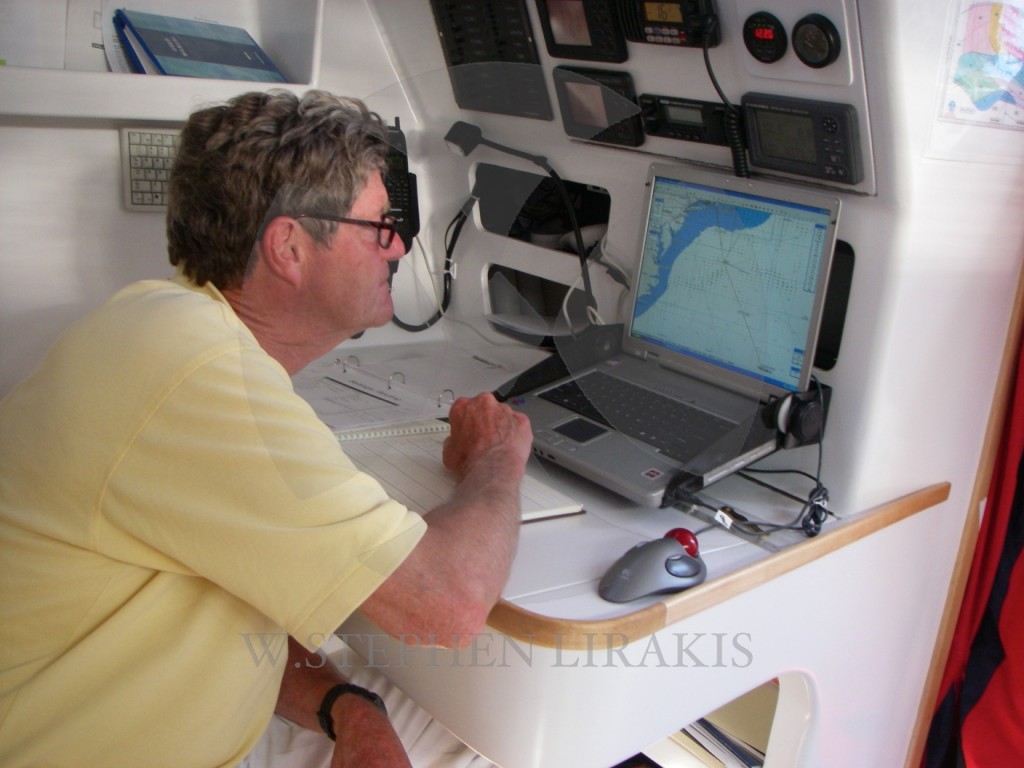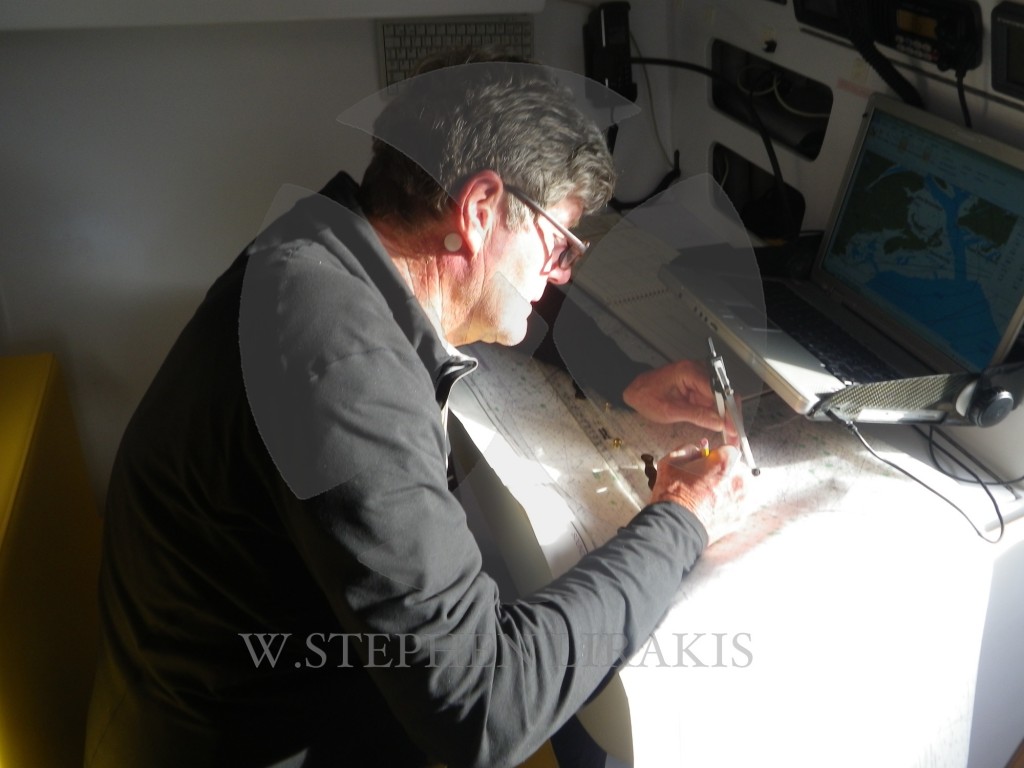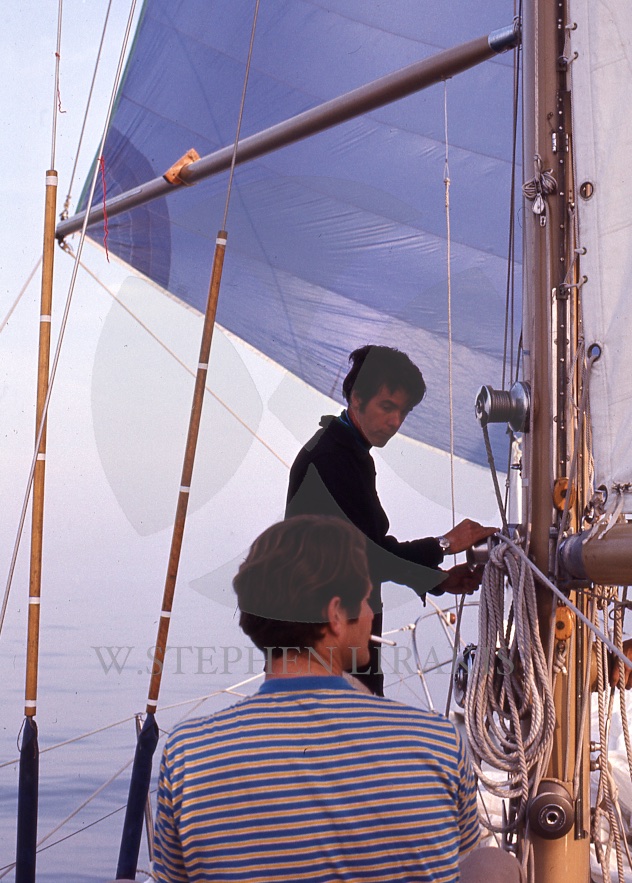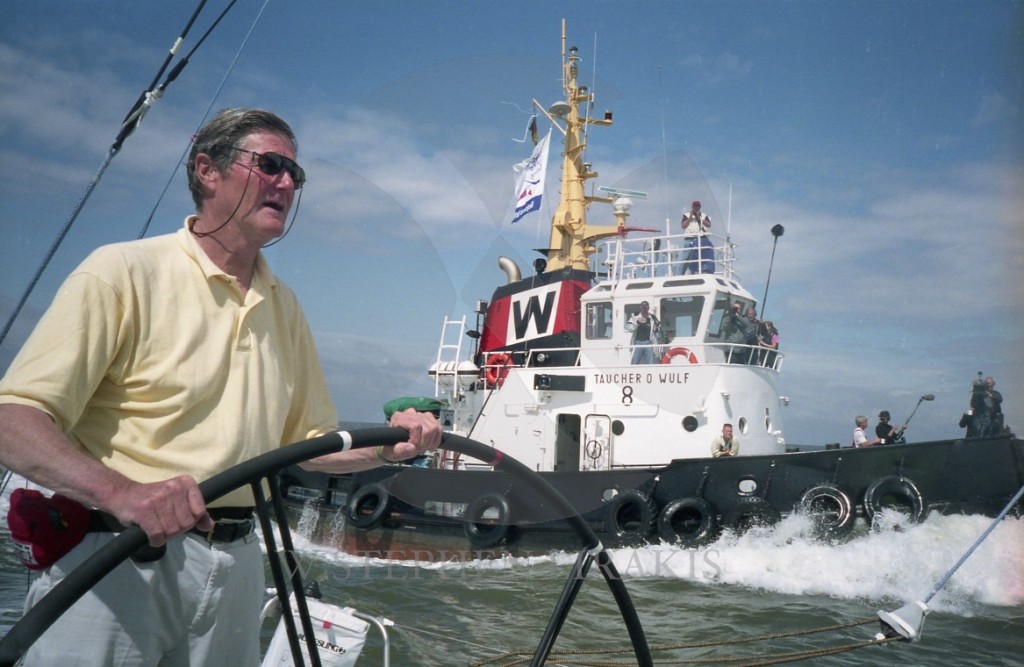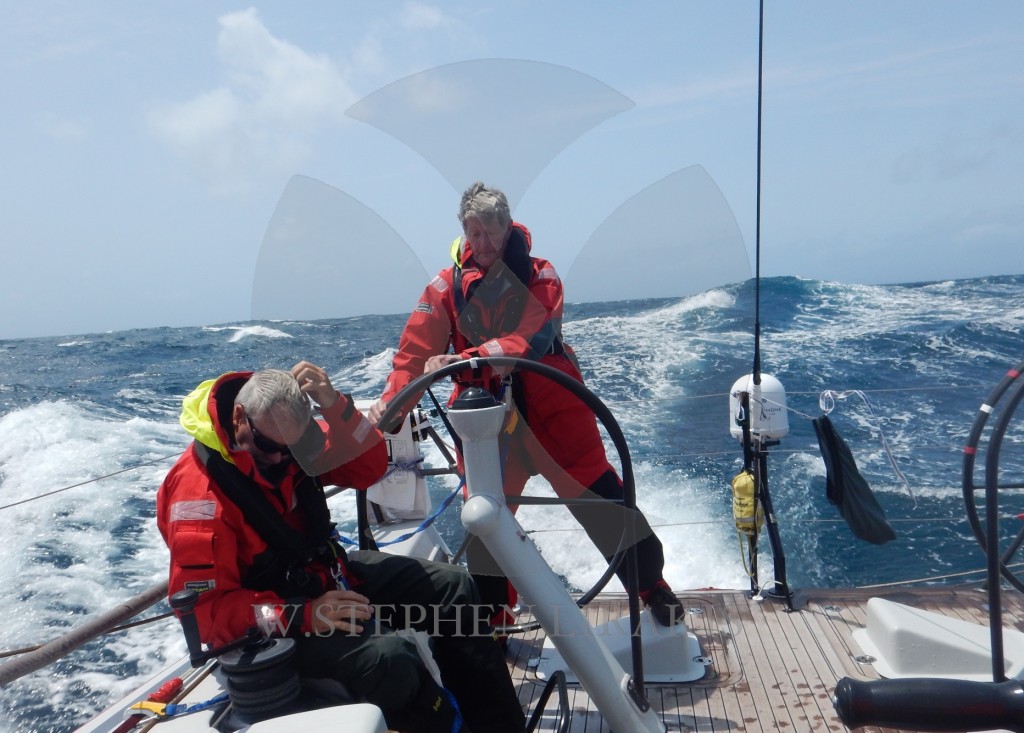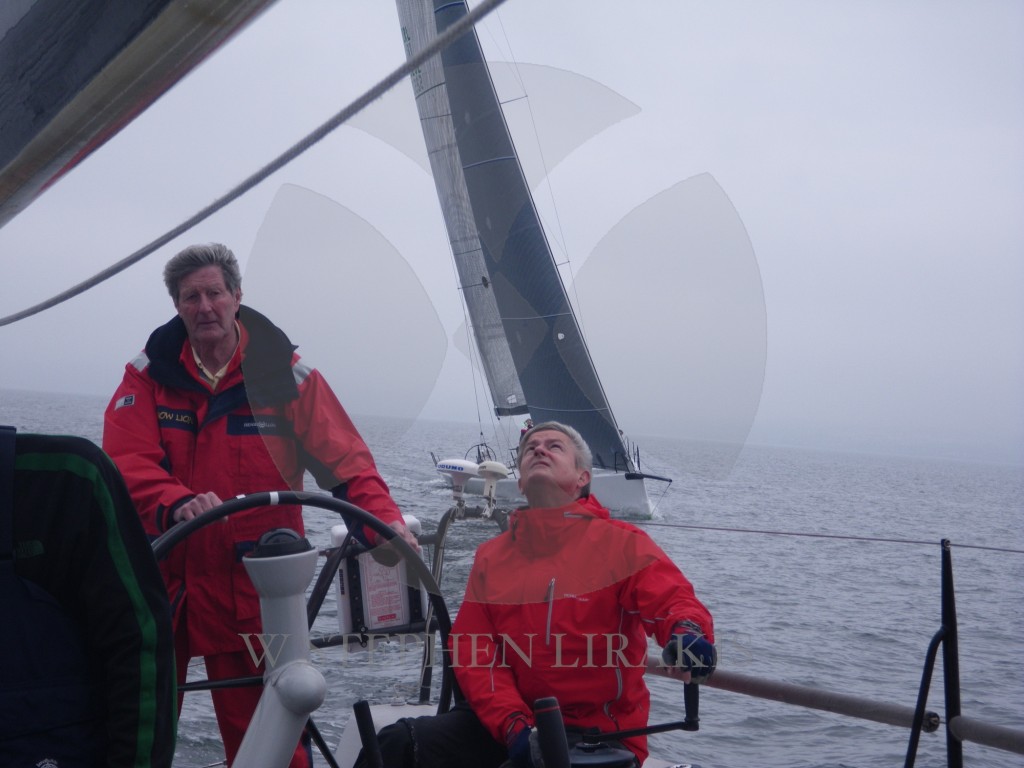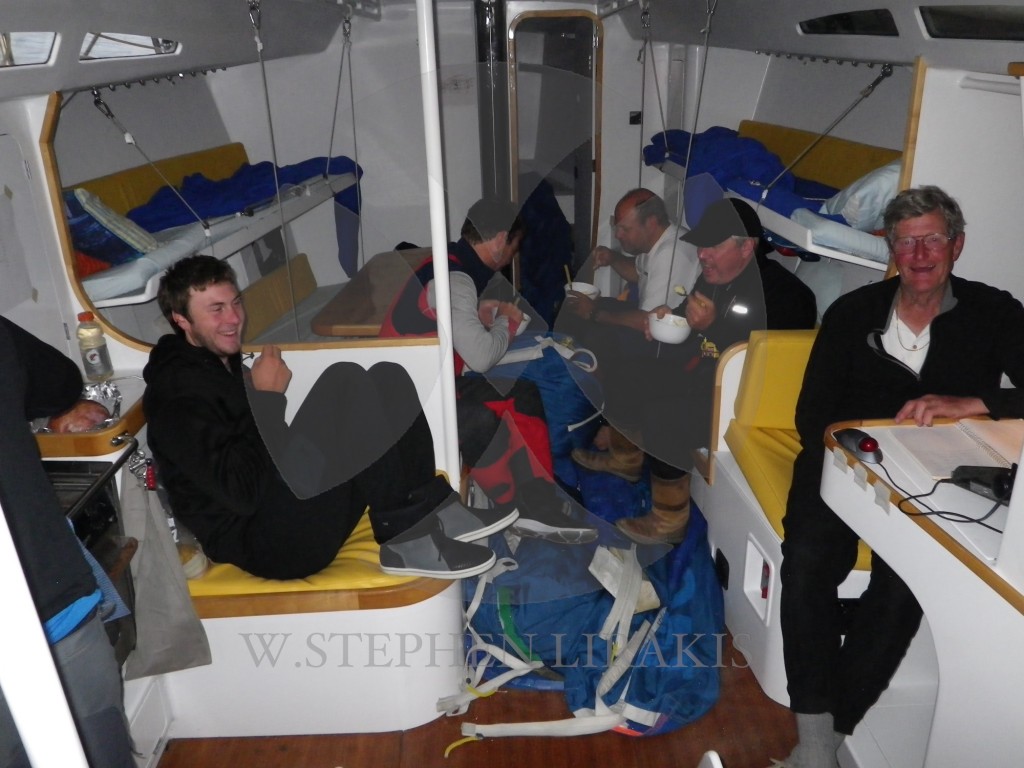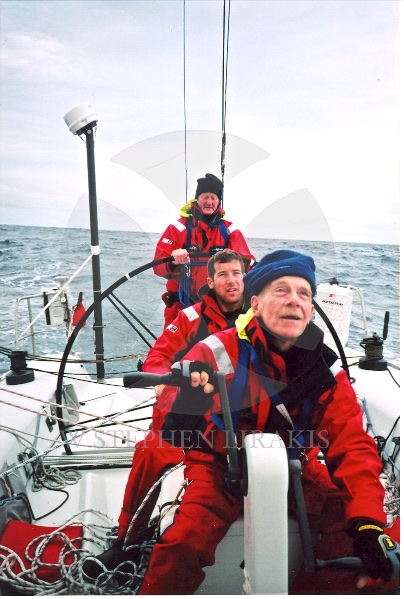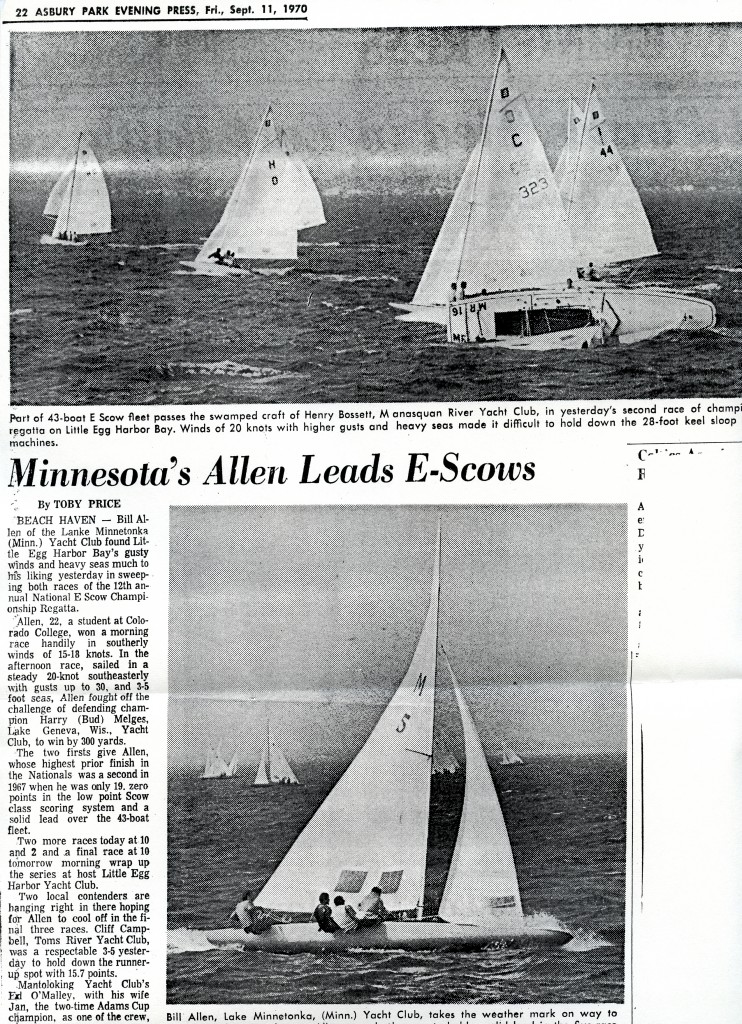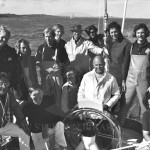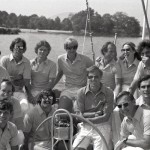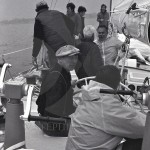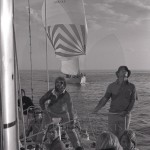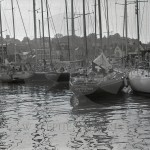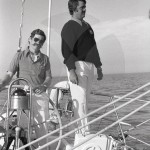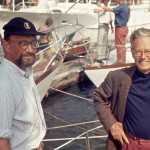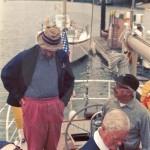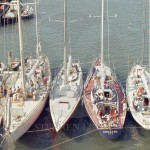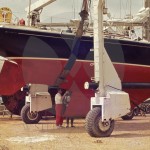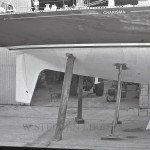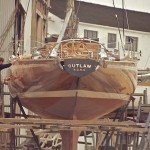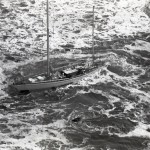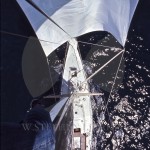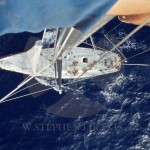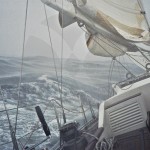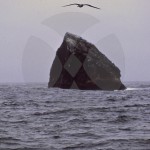Stan Honey, chairman of the Oceanic and Offshore Committee at World Sailing, is excited. Too many boats are losing their keels, and he is eager to share some of the progress being made to reverse this trend. Scuttlebutt editor Craig Leweck met with Stan for an update, with additional comments added by Dr. Jason Smithwick, Head of Technical & Offshore at World Sailing.
What are some of the initiatives about how we’re going to keep keels attached?

Stan Honey
Stan: The first initiative which has now been approved and budgeted by World Sailing is to have a report writing committee that gets launched to write a report summarizing what happened in any particular incident that World Sailing determines may provide useful information to the sport.
For example, it might provide useful information on ways the Offshore Special Regulations (OSR) could be improved, or may provide useful information in whether the plan review process is working, and whether plan reviewed boats have keels with adequate structure.
The model for that is really the report that Rear Admiral (Rtd) Chris Oxenbould, Chuck Hawley, and myself did for the Vestas Wind grounding during the 2014-15 Volvo Ocean Race. We were asked to write a report and only state on what happened. Our task was not to assign any blame, but just to simply lay out the facts on what occured so that our sport could learn from it.
Of course, what we’re all thinking about is the aviation model. Aviation has more tools to use to encourage information to be made public, but aviation does an astonishingly effective job in how whenever there is a major accident in aviation, there’s always a report that becomes public later. It may be a few years later but there’s always a public report.

Jason Smithwick
Jason: When World Sailing determines a report is needed, we would initiate that report on the basis that no other outside body is already conducting an investigation. For example, if the US Coast Guard is already looking into a loss of life then World Sailing will await the outcome of that report before initiating our own work.
Public reports are a big step.
Stan: The entire industry benefits from this kind of information. As a result of that, in addition to other things, aviation has just achieved a staggering level of safety. Sailing has fewer mechanisms to deal with in terms of the rules and certifications, but, nevertheless, we’re trying to get to the point where when the keel falls off or when there’s a major accident, there’s a report that does not seek to assign blame but rather just to lay out the facts so that people can learn from it.
We will be making a rule change to the OSRs. There’ll probably be a submission at the 2016 World Sailing Annual Conference in November that will put in a requirement as part of the OSRs, that by participating in an event and by holding an event, a competitor and the organizing authority agree to cooperate with the report should an important incident happen and should a report get written.
Sounds like a rule requirement is needed, but also a culture created wherein this kind of information is shared.
Stan: Yes, and it’s the culture that’s the most important one because it’s certainly true that it’s difficult for the rule to be that effective because most rules are designed to influence our behavior during a race, and these are rules that seek to influence our behavior after a race. Many people argue that such a rule is unenforceable and it can’t work. On the other hand, such a rule can help set the culture of the sport in an appropriate direction.
Additionally, such a rule can help owners do what they want to do anyway, which is to help the sport. If an owner is involved in a major incident, they may get encouraged by their builder, their designer, or their insurance company to keep the report private. But this rule would give the owners the ability to say, “No, this is a race boat. I insured it to race and these are the rules of racing, and it says I am to cooperate with a report. That’s what I’m going to do, and that’s the understanding.”
So the rule may not be binding, but it may help to change the culture and it may help the owners to do what they want to do. The insurance companies deny ever encouraging somebody to keep something quiet, as they would. And when you ask the insurance companies about these kinds of changes, they’re hugely supportive. They said, “Hey, wait a minute. Has there been a misunderstanding? We don’t make money when keels fall off.” They’re saying that they’re huge advocates of anything the sport can do to solve the problem of having keels that aren’t adequately attached.
Jason: World Sailing wants to engage the insurance companies within our framework to make plan review more cost efficient. For example, a boat that has had plan review and in-build inspection may have a lower premium to offset the cost of such certification.
Explain the plan review process.
Stan: Yes, we have a plan review process. A plan review is required on any new boat to be built that’s going to race under the OSRs under Categories 0, 1, and 2, although Category 0 frankly isn’t really used. The races that would use the Category 0 basically do their own derivative requirements. Examples of Category 2 is the Fastnet Race and Sydney Hobart.
ABS used to be in the scantlings definition and plan review business some years ago, but they chose to get out of it for smaller recreational boats, so World Sailing now has a new plan review process in partnership with Classification Societies and Notified Bodies which has been a requirement from January 1, 2010.
The most active of the notified bodies that does plan reviews is DNV GL. One of the things that we look at every year is if it is working. Meaning are keels falling off boats where their design had gone to plan review? And the answer prior to two Novembers ago was, “No, it had never happened.” But now the answer is, “Yes, it has happened.” In fact, there were two Class 40s that dropped their keels just before the 2015 Annual Meeting. World Sailing is working with the French authorities to discover the cause of these failures.
So we asked David Lyons, a structural engineer and naval architect, to review the plan review process to determine if it was working. And he confirmed that obviously as people learn more, you change and evolve the plan review process to address new kinds of construction practices and so forth. While he felt that overall the process was working, he pointed out something that’s kind of an obvious omission, which is in almost everything else that humans do.
He found that if something is important enough to be plan reviewed – whether it’s an elevator, an airplane, a building – it’s important enough to do an inspection, an as-built inspection, or an in-build validation is the other term that’s used. David pointed out that this may be something we’d want to consider.
The immediate reaction of our whole community is, “We can’t make this sport any more expensive.” There’s a lot of aspects of the plan review that doesn’t kill people, meaning if a hull comes delaminated, or a deck comes delaminated, or a rig falls over, or a rudder breaks, for the most part, it’s not an instant catastrophe where people die. But when keels fall off, that can be an instant catastrophe leading to immediate loss of life. So what comes to mind is, if we’re going to do an in-build inspection, could we do just one inspection, and can we focus only on the keel attachment since that’s the thing that kills people.
So David’s going to consult across a broad range of the industry experts and look at whether it would be affordable for our sport to extend the plan review process to include an in-build inspection, and as part of a plan review, you’d have to pick when should the inspection take place, at what point in the build, so you can still see what you need to see. As we all know, the beauty of having an inspection process is by nature it can improve things because of the heightened attention by everyone involved.
So the project to come up with a proposal for an in-build inspection if it’s viable, it may not be, turned out to be too big a task to ask David to do as a volunteer. We’re all only human. So we asked for a quotation, and we got a quotation for $40,000 US. For the past month or so I have been trying to raise funds for that.
World Sailing initially committed to fund $10,000 of that. Matt Allen, who is the president of the SOLAS Trust, which is an assistance organization founded by the CYCA following the 1998 Sydney Hobart Race disaster, has offered to cover half of the project – $20,000.
Then RORC and ORC both committed to cover $5,000 of it as well as contribute technical expertise. And both of those organizations have substantial technical expertise in this area, embodied in guys like James Dadd who did this kind of review for the Volvo Ocean Race boats and of course the ITC of the ORC which is a broad strong group of naval architects. Sailing Yacht Research Foundation (SYRF), which is the American sailing and research foundation that also has strong technical people involved like Dina Kowalyshyn and Jim Teeters, has also agreed to pay for $5,000 as well as provide some guidance input.
So overall I was delighted to discover that there was a number of organizations throughout our sport that almost overnight agreed that this was a good idea to consider and agreed to help pay for this initial feasibility study.
Along with the feasibility study there’s a go or no-go decision point. If it looks like it’s feasible and that this will make sense, then there would be a proposal for in-build inspection that will be done by October so we’ll get to review it at the next World Sailing Annual Conference in November.
If it gets approved, we’d probably take another year after that to put it in place, but nevertheless I’m delighted that we’re starting the process to both gather more information about these incidents and get it public where it can do some good, and then also see if we can directly address the problem of these keels falling off.
– See more at: http://www.sailingscuttlebutt.com/2016/03/14/keeping-keels-attached-in-the-future/?utm_medium=email&utm_campaign=Scuttlebutt%204539%20-%20March%2015%202016&utm_content=Scuttlebutt%204539%20-%20March%2015%202016+CID_e7a122f20d7ac7cdc8b3ec3a2b3c3243&utm_source=Email%20Newsletter&utm_term=click%20here#more

